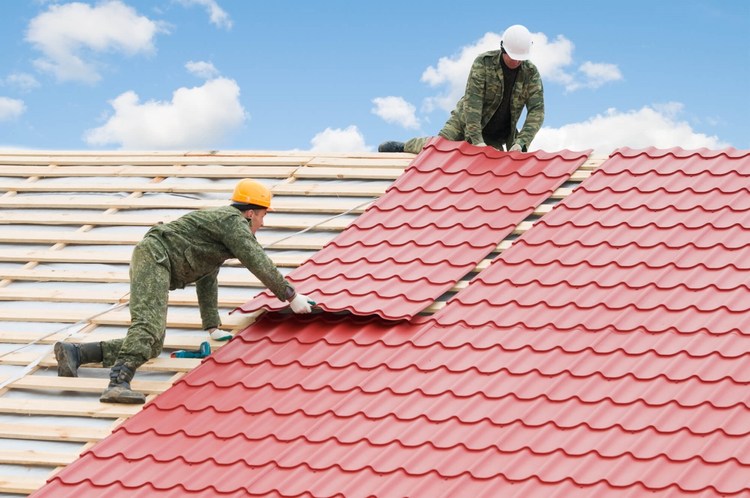Preparing a property for extended heating shutdowns: practical steps
When a property will be without active heating for an extended period—seasonal vacancy, major renovation, or decommissioning—proactive preparation reduces damage risk and preserves equipment condition. This short overview outlines key actions for mechanical systems, ventilation, and basic safety checks before you leave a heating system idle.

Preparing a property for a long heating shutdown requires a balance of mechanical care, safety checks, and environmental protection. Begin by reviewing manufacturer manuals and any local regulations that apply to fuel-fired equipment. Document current thermostat and control settings, and record temperatures and pressures where gauges exist. Notify local services or an appointed on-site contact about the shutdown window so issues can be reported promptly. Take photographs of control panels and visible connections to simplify restart inspections.
Furnace and boiler basics
Address furnace and boiler systems first by following manufacturer-recommended shutdown procedures. For gas-fired units, leave pilot light and gas controls as directed by the manual or have a licensed technician place the system in a safe off state; do not improvise on gas controls. For hydronic boilers, consider whether the system needs draining or antifreeze treatment if freeze risk exists. Remove or secure any removable combustion air filters or screens, and note visible soot or corrosion that suggests a need for repair before restart. Label switches and valves so future technicians can quickly identify each component’s intended position.
Ductwork, vents, and flue
Inspect ductwork and vents for obstructions, pest entry, or water damage before sealing a property. Ensure flues and chimney liners are clear of nests, debris, or excessive soot that could present a draft or combustion problem on restart. Temporarily close external vents where appropriate to prevent wildlife access, but avoid sealing systems in a way that traps moisture; maintain some airflow where condensation could cause mold. If draft issues were previously observed, document them and arrange a professional inspection; unresolved flue or draft problems increase the chance of combustion byproduct buildup.
Filters, blower, and airflow
Replace or clean filters and confirm the blower assembly can rotate freely. Dirty or stuck blower fans impede airflow, create uneven pressure, and stress motors if restarted under load. Remove accumulated dust from accessible housings and registers, and confirm return-air pathways are unobstructed. If the property will sit vacant, consider installing a high-quality filter to capture dust and pests until regular maintenance resumes. Record filter sizes and blower model numbers for quick replacement during reactivation.
Thermostat, cycles, temperature and pressure
Set thermostats and control cycles to a safe, energy-conserving state compatible with freeze protection needs and the building’s occupancy status. Low setback temperatures are appropriate in temperate climates, but when pipes are at risk of freezing, maintain minimal heat or arrange periodic warm-up cycles. Note any unusual pressure or temperature readings on boiler gauges and include them in inspection notes. For electronic controls, put batteries on a seasonal replacement schedule and document programming so schedules can be restored accurately after the shutdown.
Inspection and repair checklist
Compile a concise inspection checklist that includes combustion chamber appearance, soot levels, pilot and ignition components, visible leaks, and any signs of corrosion. Arrange for repair work before shutdown if safety-related issues are detected; postponing repairs can make problems worse during inactivity. For systems that require periodic cycling to avoid stagnation or condensation, schedule local services in your area to visit at defined intervals. Keep records of inspections and repairs together with photos to assist technicians on restart.
Efficiency, maintenance schedule, and safety
Use the shutdown as an opportunity to plan efficiency improvements that will reduce restart load, such as sealing ducts, addressing drafts around windows and doors, and replacing aged filters or blower motors. Maintain a written maintenance schedule indicating when systems should be re-inspected, filters changed, or thermostats reprogrammed. Ensure all safety devices, such as pressure relief valves and carbon monoxide detectors, are tested and either left active or replaced as needed. If combustion appliances are being disabled for a long period, clearly label fuel shutoffs and power isolation points and inform local services or an authorized representative.
Conclusion
A methodical approach—documenting settings, performing targeted inspections, servicing filters and moving parts, and coordinating with qualified local services—reduces risks associated with extended heating shutdowns. Prioritize safety-related repairs, protect ductwork and vents from pests and moisture, and leave clear records for the personnel responsible for reactivation. Proper preparation helps preserve system efficiency, limits damage, and smooths the eventual return to normal operation.





